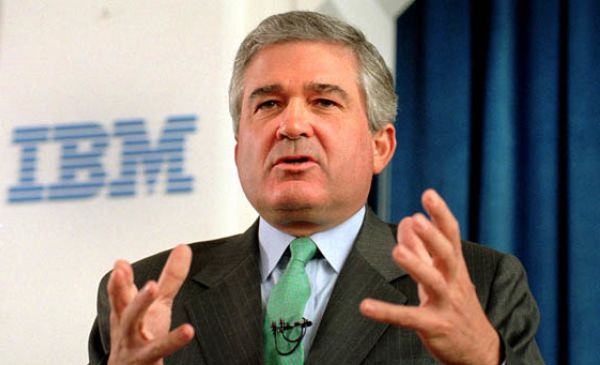How come some brands are great, while others just manage to be good? Is there a trick up the sleeves of those great brands – a trick that good sustainable brands can adopt to become great household names?
The answer is yes.
Happily, the financial investment required to adopt this trick is modest. The biggest investment has nothing to do with your marketing budget, and everything to do with your readiness to change the way you manage and grow your brand.
The ironic fact is that the key tool to building a great brand is your competition, because your competition makes your brand stronger. As my dad used to say, if you want to get ahead of the leader, don’t follow his tracks in the snow. Too many brands have become obsessed with their competitors, shadowing and imitating their moves and becoming nothing more than ‘me2’ brands. Often practicalities necessitate this apparent uniformity. You’ll know that milk, water, cheese and countless other items come in similar packaging. These are groceries which, undifferentiated, offer the same benefits as each other. Price often motivates the purchase. And then, from time to time, a product stands out.
Remember Listerine? The mouthwash your grandparents probably used? With a history of over 100 years – first created in 1865 – Listerine is a product which has seen nothing but steady increases in its market share of the mouthwash category. Yet, that category has been diminishing and, with it , Listerine’s revenue has been steadily decreasing. As Listerine’s competitors faded away, so did Listerine’s fortune, even as the leader, in a shrinking product category. Then things turned around. The company shifted its focus to concentrate on how it was actually delivering oral care to its consumers. With a century of trade to reflect on, the brand’s consumers of 2008 are the products of cultures that would be unrecognizable to their 1870s counterparts.
And a big part of that cultural difference lies in personal mobility. No longer home- or town-bound, the 21st century consumer is accustomed to frequent travel, between work and home, entertainments and appointments. So, Listerine examined its consumers habits and identified an unexpected source of inspiration for its brand development: the cell phone industry. What the world’s market leaders, like Nokia, had learned over the years was how to handle mobility. They turned clumsy handsets into pocket-sized units and, legendarily, transformed themselves from a paper, rubber and cable manufacturer into the world’s most successful cell phone manufacturer.
Could Listerine learn from Nokia? You bet!
It’s not easy to carry around a bottle of mouthwash. And gurgling it on the street is far from sexy. What Listerine learned from Nokia was how to add a dimension of mobility to its century-old product.
So, in 2001, the world’s first oral care strips arrived on the market. Listerine Pocketpaks contained postage-stamp sized Listerine strips that dissolve on the tongue. Named one of Time magazines’ best inventions of 2002, Listerine Pocketpaks strips overtook the market.
Even though this story hasn’t been confirmed, it makes a good point. Look for inspiration beyond your competitors’ backyards. Ask yourself which brands add a special dimension to their concepts. Which brands have managed to make a real mark in the market. Don’t hold yourself back. You’ll be surprised to learn about how much you have in common with even the most unexpected industries.
So, if you want to continue being a ‘good’ brand, keep your focus on your competitors. If you want your good brand to become great, make a clean sweep and change that focus. Stop following the tracks in the snow and get ahead of your competitor by pioneering your own path.
The Blake Project Can Help: The Brand Positioning Workshop
Branding Strategy Insider is a service of The Blake Project: A strategic brand consultancy specializing in Brand Research, Brand Strategy, Brand Licensing and Brand Education





One comment
Derek
November 30, 2008 at 10:08 am
So many brands today fall in the “me2” category and it’s unfortunate. You don’t change the world by copying what works.
This also applies to companies who always listen to what their customers want. They give them what they want and by the time they get it, they don’t want it.
This reminds me of the Henry Ford quote “If I’d asked my customers what they wanted, they’d have said a faster horse.”
Thankfully, we have entrepreneurs changing the way people think.
Comments are closed.